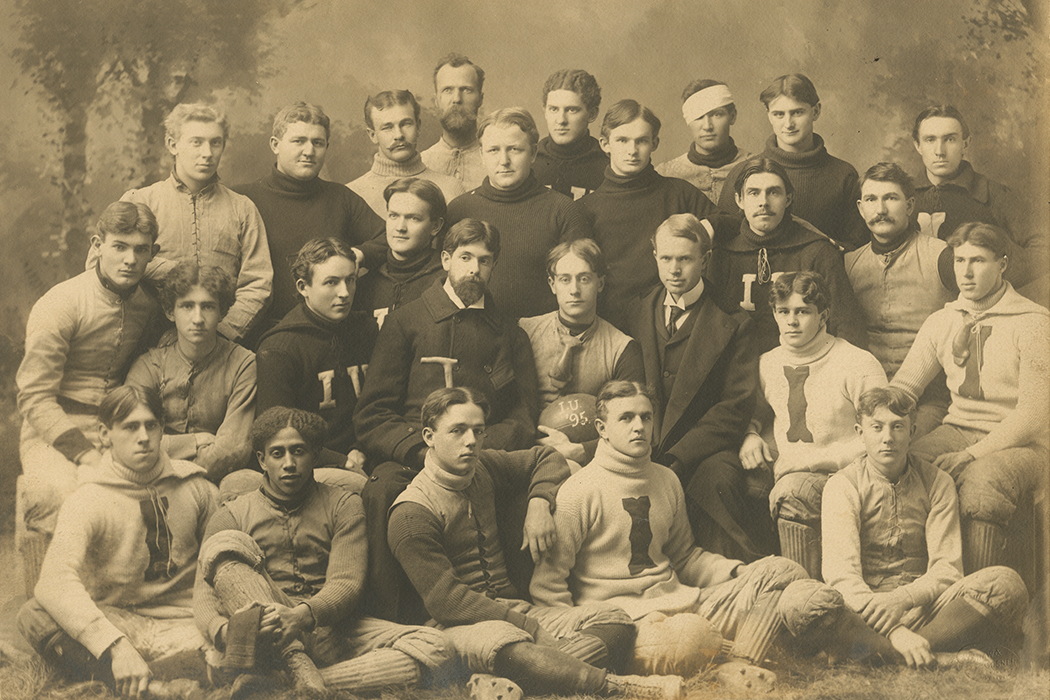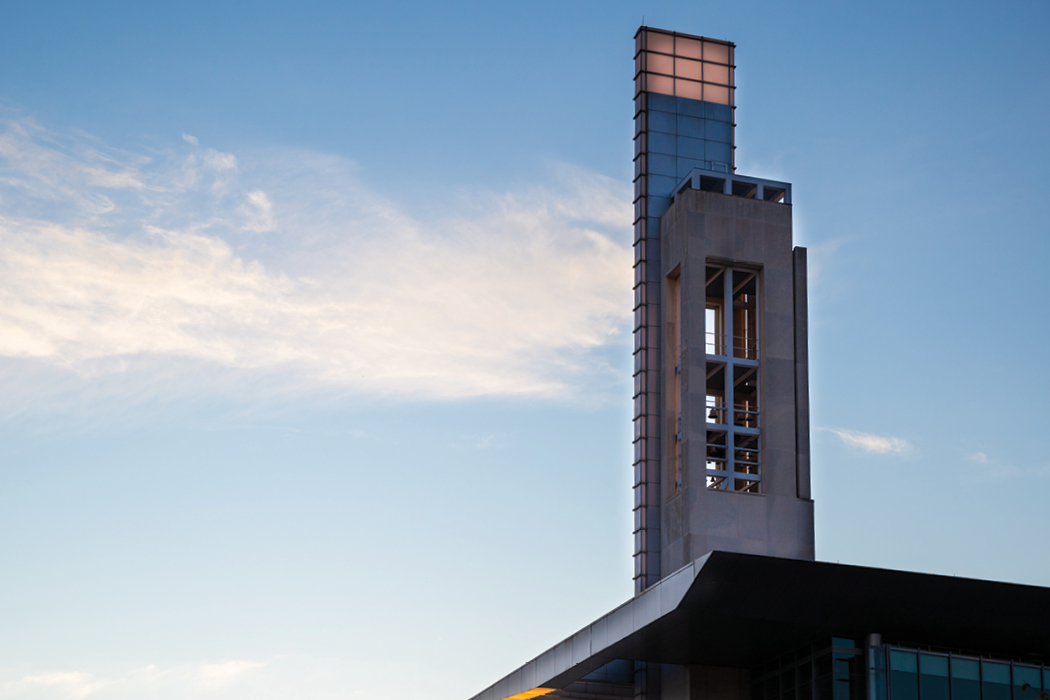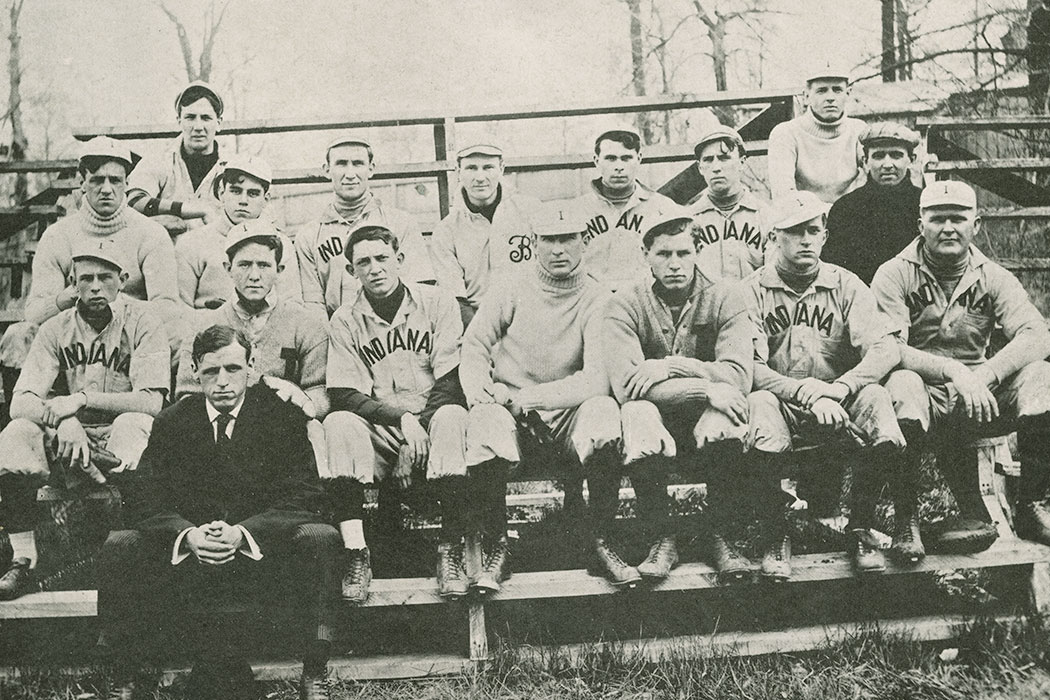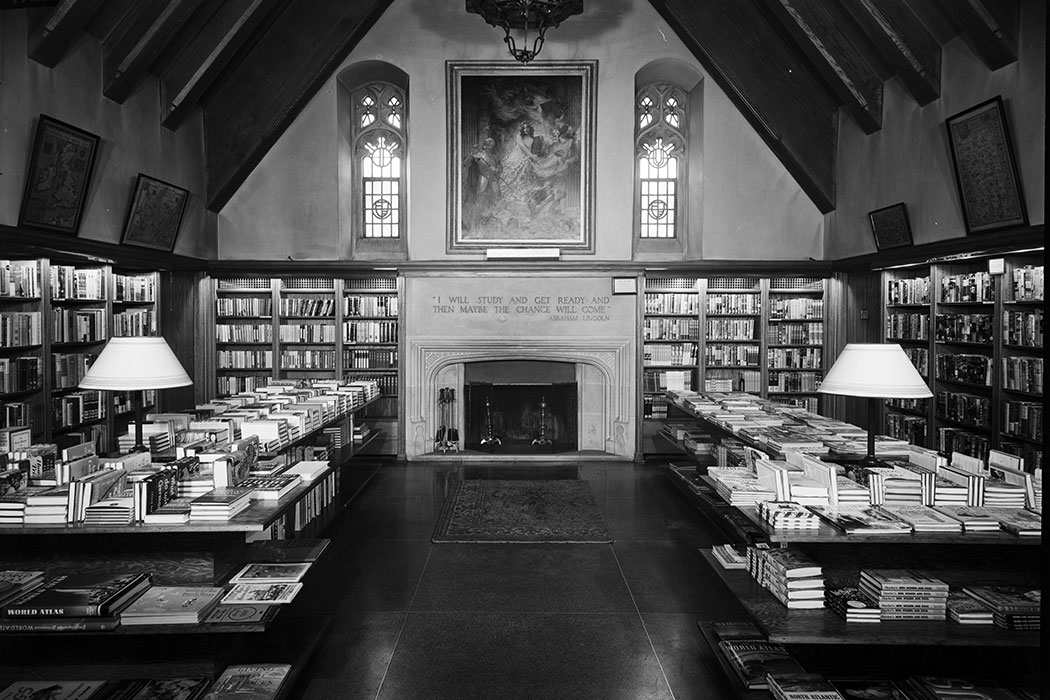University Lake: IU’s Silent Partner Since 1911
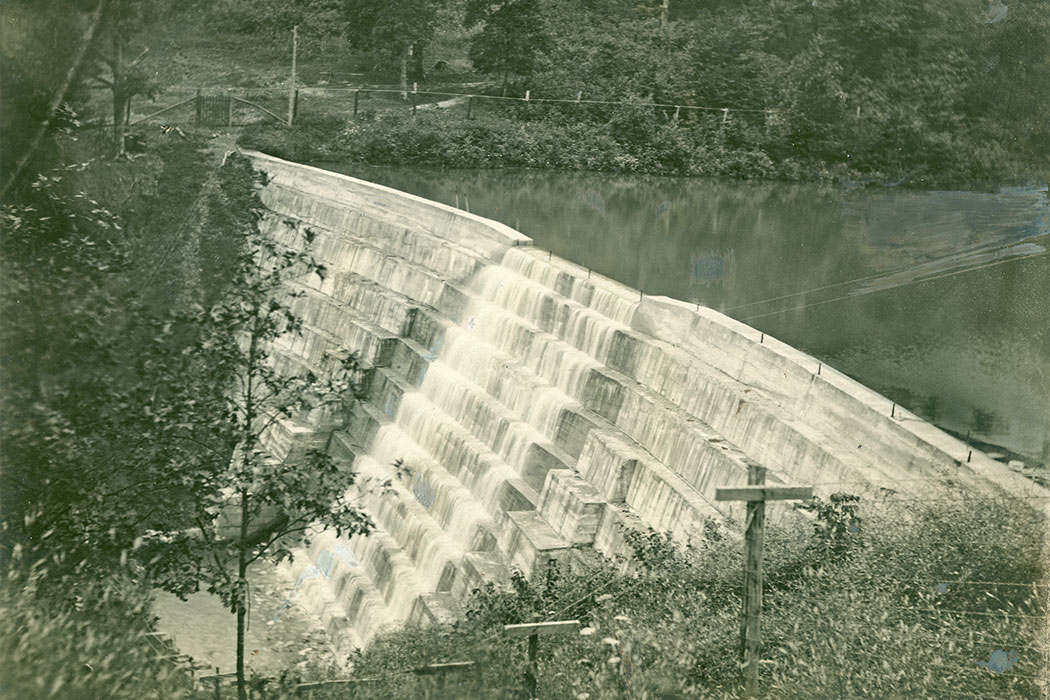
At its inception in 1820, Indiana University (then the Indiana State Seminary) was located at the modern intersection of Second Street and College Avenue. The site was home to a small spring, and since the arrival of the university’s first handful of students in 1825, the spring supplied the humble institution with fresh water. But like all good things, the spring eventually dried up and the university’s ease of access to fresh water came to an end, forcing the school to rely on wells and cisterns to furnish its supply.
As IU continued to grow and expand, eventually moving to its present site in 1885, it became increasingly dependent on Bloomington’s city water supply to meet its needs. To the university’s dismay, around the turn of the 20th century, the city was repeatedly struck by water famines. In a meeting held by the Marion County alumni chapter in 1914, George M. Cook, then president of the alumni association, summed up the series of crises, reporting:
“There have been water famines in Bloomington (i.e. a shortage of water necessitating a temporary shutdown of the plant) in the years 1899, 1901, 1904, 1908, and 1913. There were serious shortages, with prohibition of lawn and street sprinkling, notably, in 1911 and 1912.”
It was even suggested that in order to save the university from more water shortages, the school should be relocated. During the meeting, a statement from Governor Samuel Ralston was read:
“The water situation in Bloomington is very serious. I have about made up my mind as governor to ask the legislature to take account of the situation and, if necessary, to remove the university from its present site.”
The situation was becoming dire. Originally drinking water was available to students and faculty from one of the campus cisterns, but supplies “for toilets, lavatories, and for boilers of the heating plant” were urgently needed. The water was both cold and unhygienic, causing parents and students to express their concerns to the administration, and the school was nearly shut down.
During these droughts, “water might be pumped into the city mains once or twice a week. Overdue baths were taken hastily, then bathtubs and other vessels were filled.” Water was then rationed out for hand-washing and flushing toilets. These tales of woe were shared with parents, who became understandably hesitant for their children to return to the university.
The university did its best to stay afloat by laying emergency pipes to carry water shipped by the Illinois Central Railroad, which was then piped to campus and stored in cisterns until, finally, in 1909 the administration determined that the university needed its own supply. It was time to find a more permanent solution.
But where could more water be found? The western side of Bloomington had karst formations which precluded building reservoirs, but to the east the ground was underlain by sandstone which would allow such a structure to be built, advised IU geologists.

The Indiana state legislature of 1909 devoted $20,700 (approximately $584,202 in today’s currency) to the cause, and granted the administration the freedom to devise whatever solution they saw fit. Originally, engineers thought that wells in the Griffy Creek valley might provide an adequate supply, but when testing proved them wrong, they took their search further up the valley into an unoccupied narrow gorge; one that could be dammed to hold a significant amount of water. Over the next few years, 16 acres were purchased and the gorge was dammed. In July 1911, workers completed a 29-foot concrete arch dam, along with waterworks to pump the water.
However, in 1913, the new University Lake was almost immediately expanded by increasing the height of the dam to 40 feet. Although problems supplying the university and the wider city of Bloomington with adequate water persisted for more than a decade after the construction of the dam, the water held at University Lake was enough to keep the boilers running, allowing the university to remain open, rather than sending students home to avoid freezing during the cold Indiana winters.
In the end, University Lake saved IU from imminent closure. However, it ultimately proved to be a stopgap measure—Griffy Creek was damned in 1924 to create Griffy Lake, which served both IU and Bloomington’s growing water needs for the next several decades. In 1964, Lake Monroe was built to serve this function, and displaced dozens of families from their land. University Lake is now primarily used for environmental science research purposes.
This article originally appeared in the August 2019 issue of 200: The IU Bicentennial Magazine, a special six-issue magazine that highlights Bicentennial activities and shares untold stories from the dynamic history of Indiana University. Visit 200.iu.edu for more Bicentennial information.
Tags from the story
Written By
IU Office of the Bicentennial
